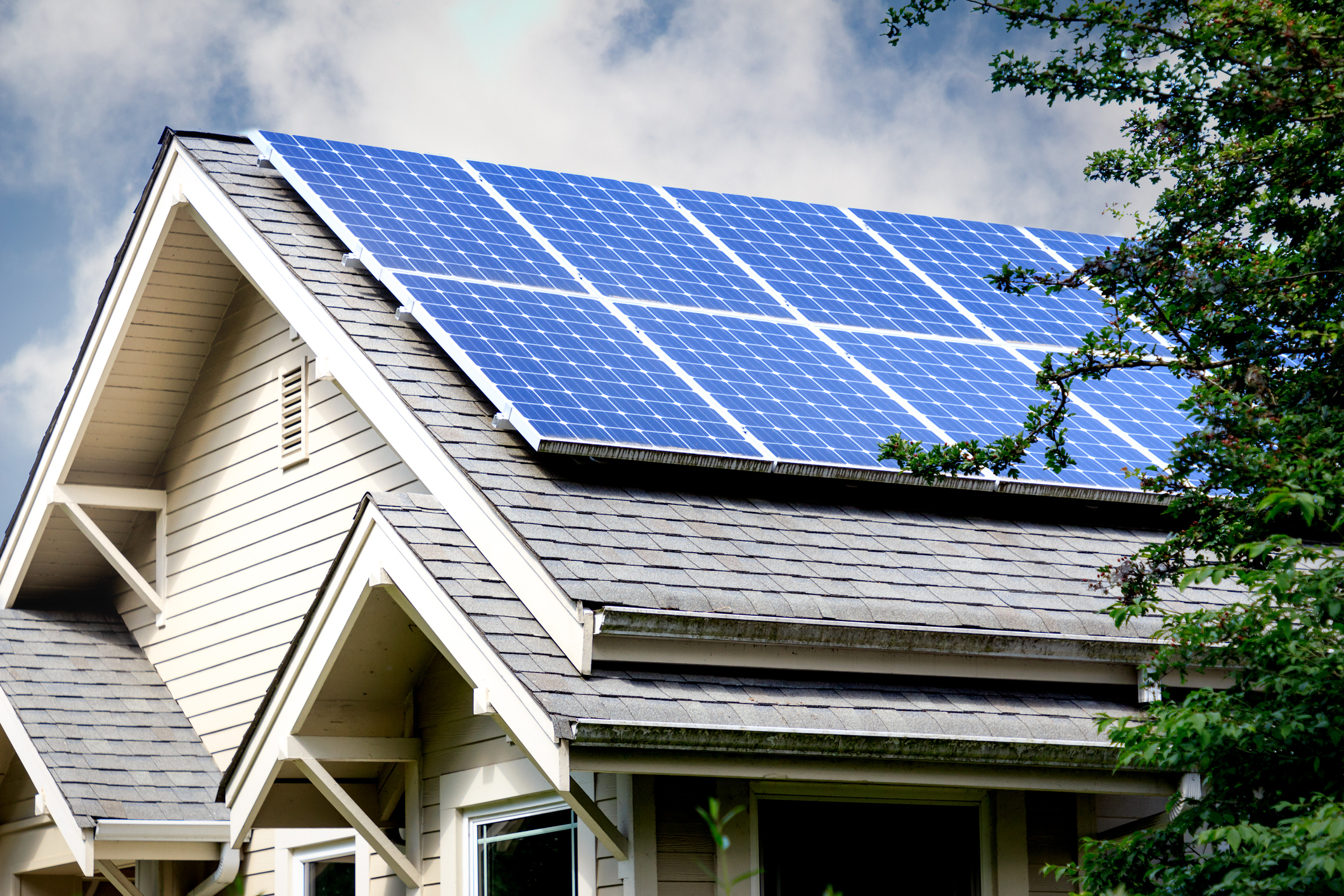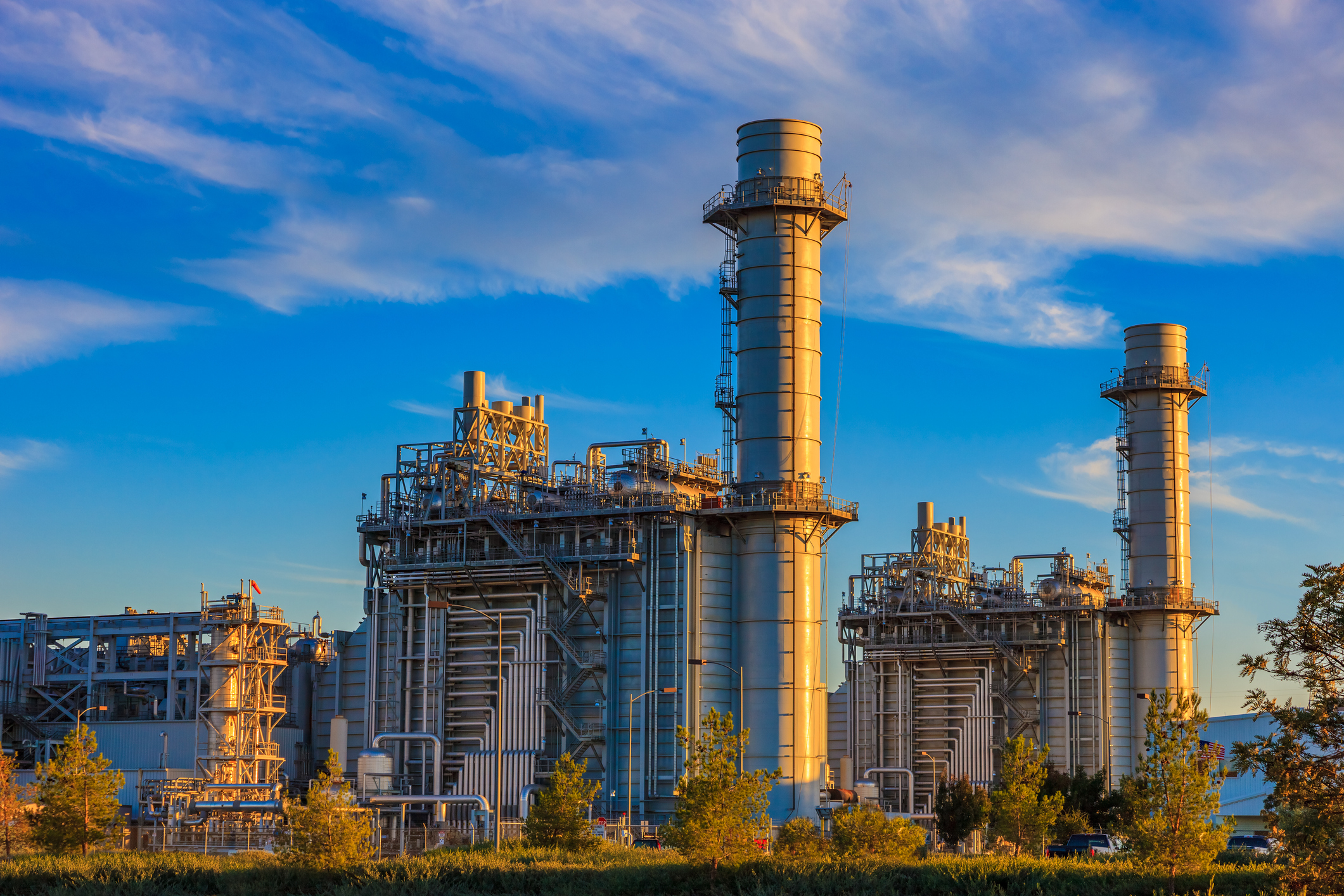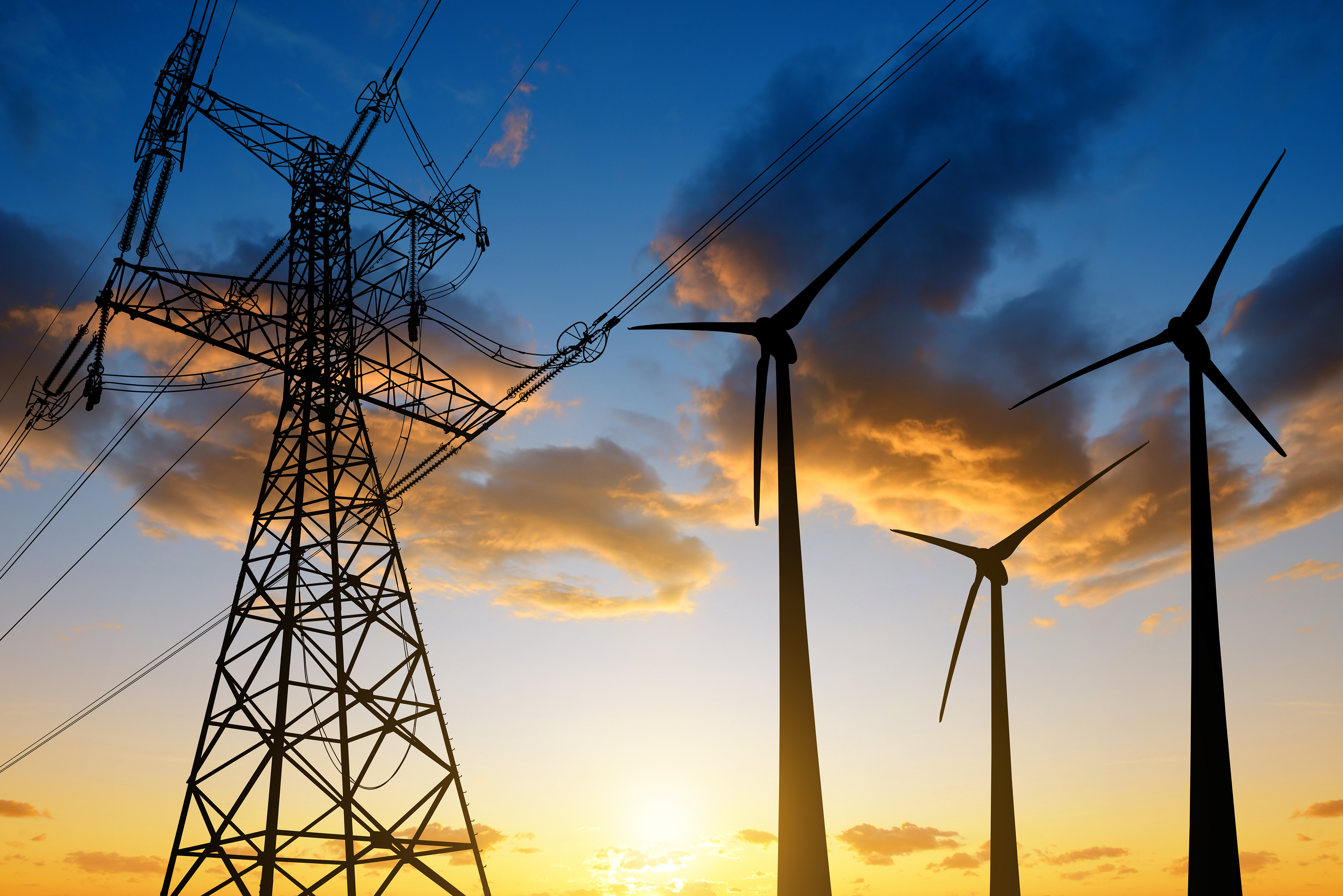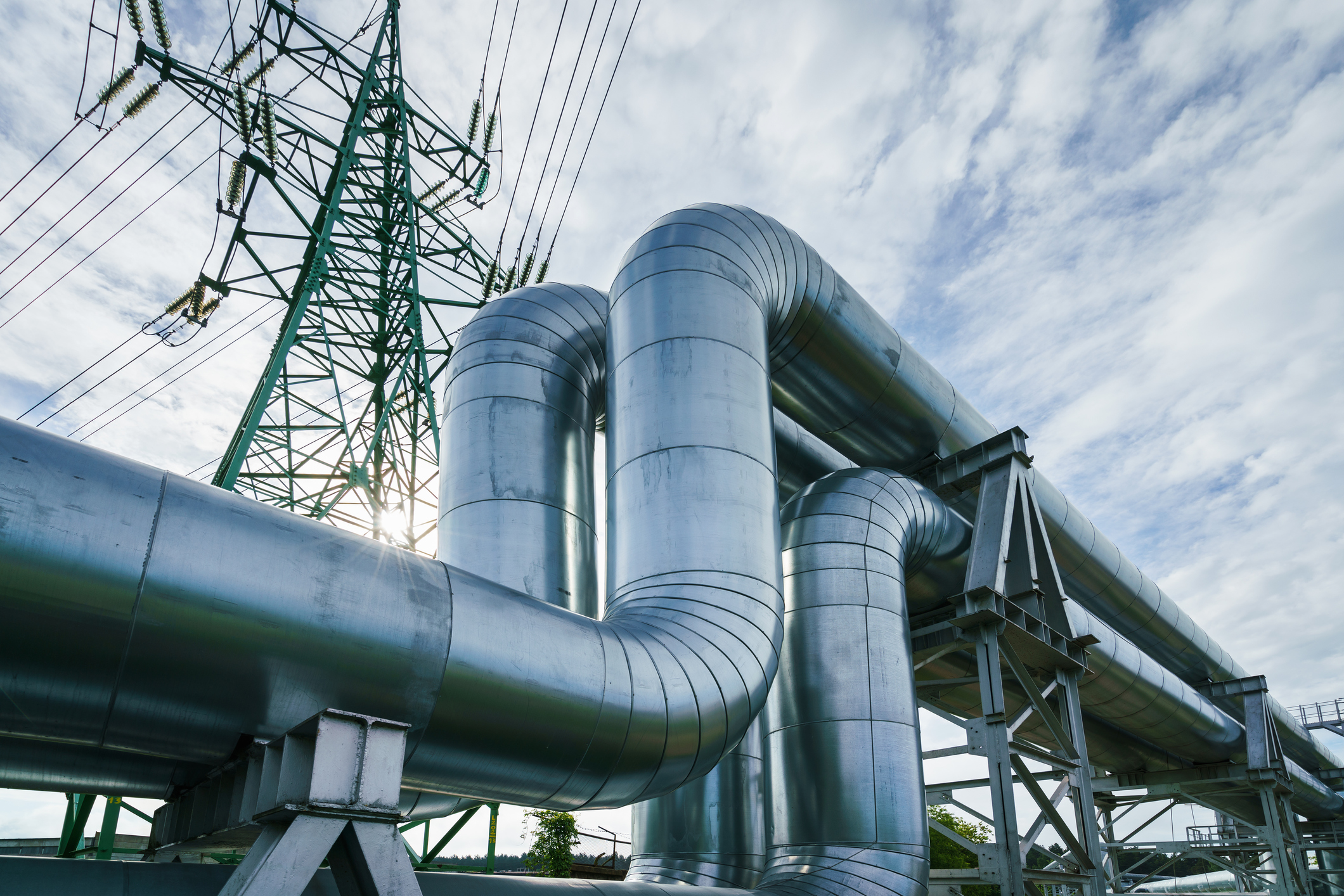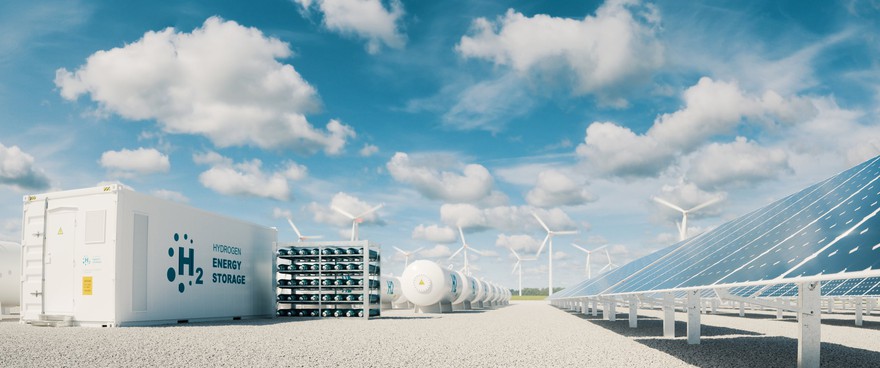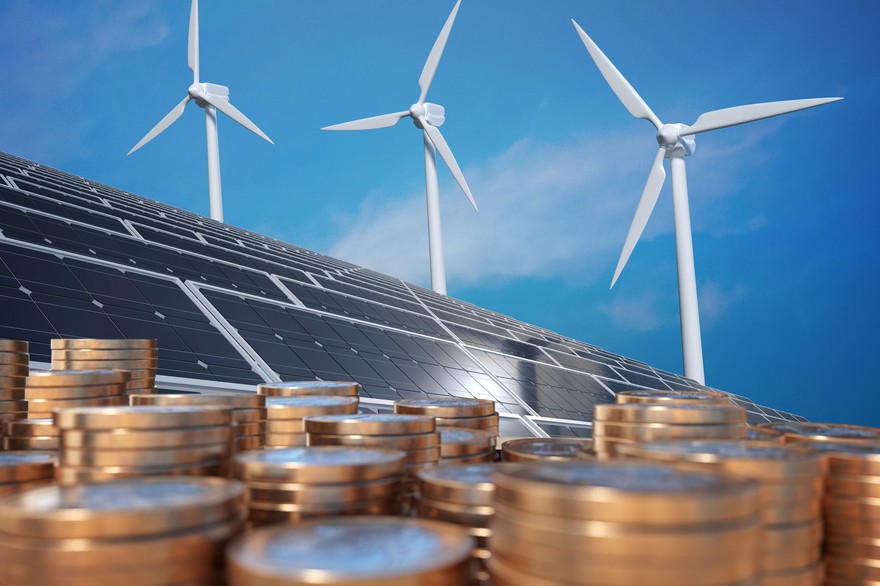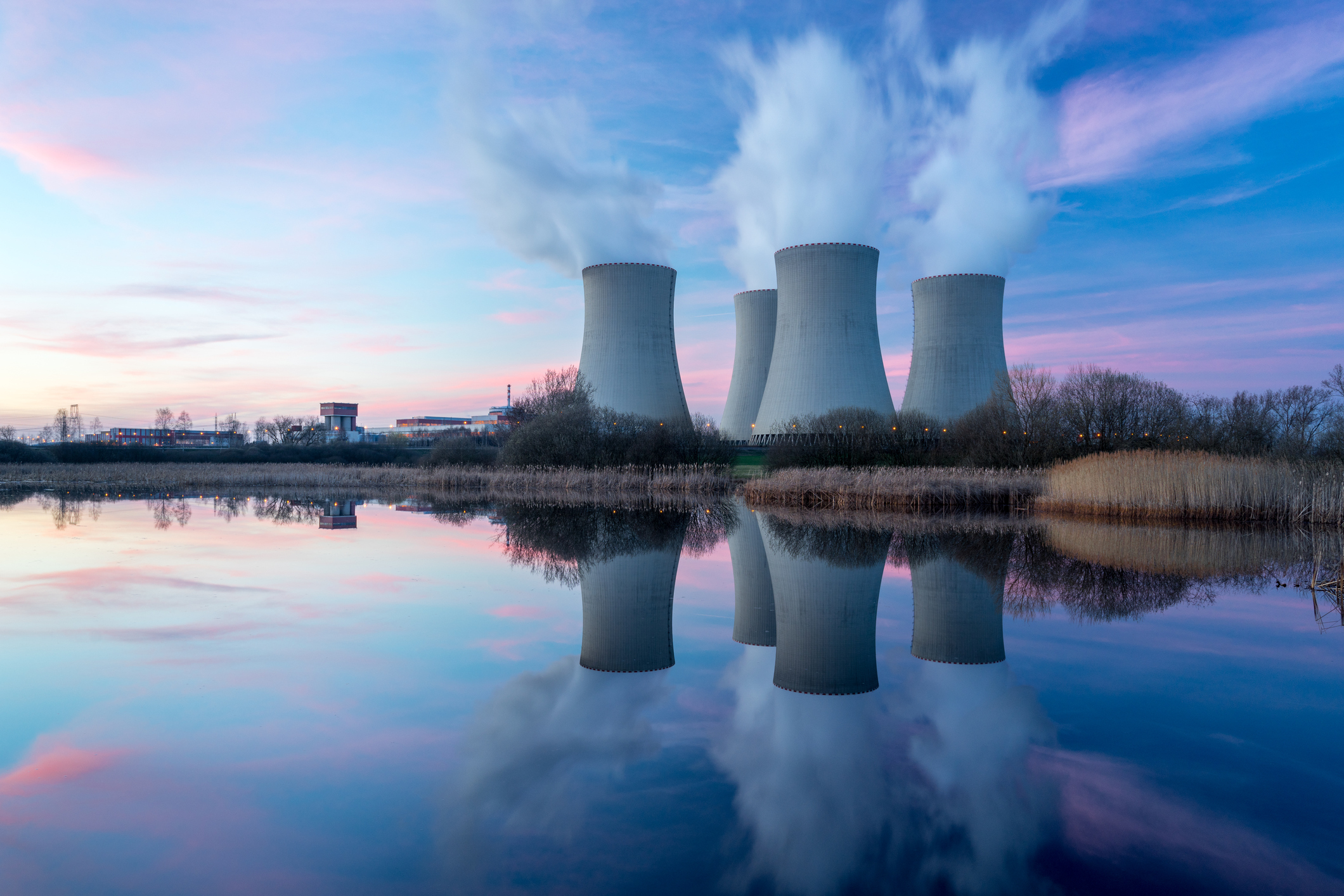Wind energy has been growing rapidly. Wind turbines produce 10.1% of America's power. It could produce as much as 20% of the country's power by 2030 and 35% by 2050.
Growing wind energy demand should benefit companies focused on the sector. Here's a closer look at some of the best ways to invest in wind energy.
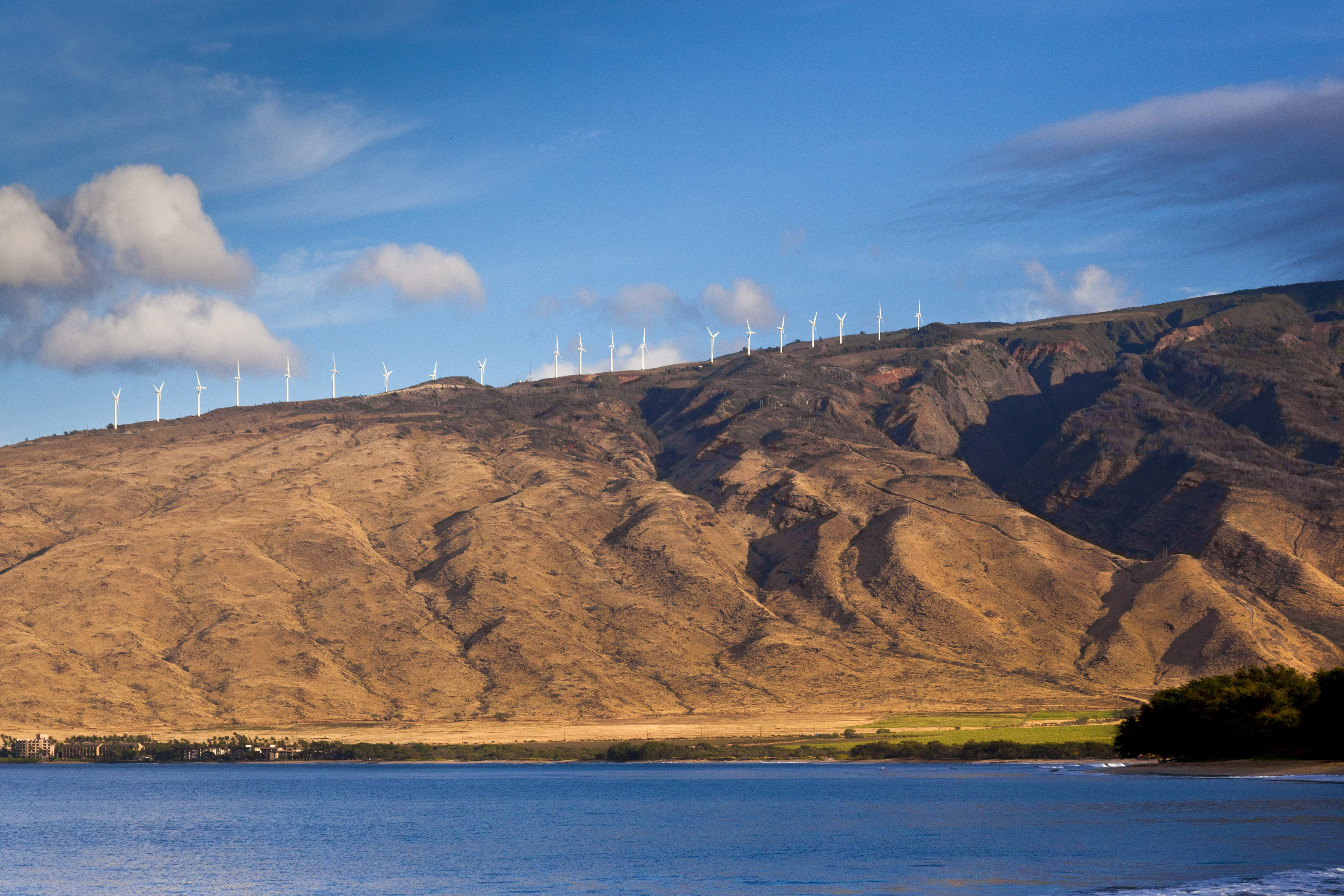
Top wind energy stocks to watch in 2025
Companies in the wind industry tend to fall into the following categories:
- Wind turbine and component manufacturers: These companies benefit from growing wind energy demand because it helps to drive sales growth. However, they face potential demand, competition, and cost pressures.
- Wind power producers: These companies own and operate turbines that produce wind energy, which they sell to end users, such as electric utilities and large corporate buyers. Most wind producers sell power under government-regulated rate structures or long-term, fixed-rate power purchase agreements (PPA) that generate steady revenue.
Although wind energy is growing in importance, few companies focus solely on manufacturing wind turbines and components or producing wind energy. Only a couple trade on major U.S. stock exchanges. That leaves investors with few domestic pure-play wind energy investment opportunities.
Because of the limited pure plays, investors need to cast a wider net when looking for opportunities in the wind energy sector. With that in mind, here are some of the top wind energy stocks to consider:
1. NextEra Energy

NYSE: NEE
Key Data Points

NYSE: GEV
Key Data Points
GE Vernova (GEV +0.35%) is a global energy company focused on the power, wind, and electrification markets. The company was part of General Electric before the former industrial company broke apart. It spun off GE Vernova to shareholders in 2024.
GE Vernova is one of the global leaders in manufacturing, installing, and servicing wind turbines. It has installed more than 57,000 units around the world. The installed base generates recurring service revenue.
In addition, GE Vernova has a large and growing backlog of onshore and offshore wind development projects that should produce steady growth in the coming years. Although it's not a pure wind energy play, GE Vernova gives investors exposure to the sector and the overall lower-carbon energy trend, given its large gas turbine business.
3. Vestas Wind Systems
4. Siemens Energy

NYSE: BEP
Key Data Points
Brookfield Renewable (BEP +0.00%) is a leading global clean energy infrastructure company. It has 43.3 GW of operating assets, including 8.3 GW of hydroelectric power, 16.6 GW of wind, 11.7 GW of utility-scale solar, and 6.4 GW of distributed generation (e.g., rooftop and community solar) and storage capacity. It also has a growing sustainable solutions platform with carbon capture and storage, biofuels production, recycling, solar panel manufacturing, and nuclear services.
Brookfield takes a diversified approach to investing in clean energy. However, wind is a big part of its future. Brookfield has more than 200 GW of development projects in its pipeline, including 41.6 GW of onshore wind and 2.7 GW offshore. The company and its institutional partners also agreed to acquire a 12.5% interest in four offshore U.K. wind farms operated by Orsted in late 2024.
Recent investments have expanded Brookfield's capacity to build and operate wind farms. They also support Brookfield's strategy to boost its high-yielding dividend (more than 4% in late 2025) in the coming years. That makes it an ideal stock for investors seeking a partially wind-powered passive income stream.
6. Clearway Energy

NYSE: CWEN
Key Data Points

NYSE: XIFR
Key Data Points
XPLR Infrastructure (XIFR -1.00%) is a limited partnership formed by NextEra Energy that owns clean energy infrastructure assets. It had 10 GW of net owned capacity, including 8 GW of wind, 1.8 GW of solar, and 0.2 GW of storage. That made it the third-largest wind and solar energy producer in the U.S.
The company sells the power it produces under long-term fixed-rate contracts with utilities and large corporations. It uses the stable cash flow produced by its renewable energy assets to expand its portfolio and strengthen its financial position.
Wind repowering projects are a key growth driver. XPLR had completed 740 MW of projects, part of its plan to complete 1.6 GW of wind repowering projects in the coming years. The company expects to use its wind-powered cash flow to continue growing its portfolio, strengthening its financial foundation, and eventually return cash to investors via dividends and share repurchases.
Wind energy should be a good long-term investment
Wind energy plays an important role in reducing carbon emissions and the long-term impact of climate change. Capacity should be added in the coming years, benefiting the wind sector.
However, it isn't likely to be a smooth ride. Rising steel prices, slowing economic growth, and changing government incentives could hurt the wind sector in the coming years. Investors should consider taking a basket approach and investing in more than one wind stock. They can purchase a clean energy ETF to gain exposure to the broader sector or buy shares in several wind-focused stocks, reducing risk and putting them in a better position to benefit from the upside ahead for the wind energy sector.
Key factors to consider before investing in wind energy stocks
Investors should evaluate a few factors before they buy shares of a wind energy company, including:
- Business model: Investors need to determine if they want to invest in a company that manufactures and installs wind turbines or one that produces and sells wind energy.
- Business mix: You'll need to consider whether you want to invest in a more pure-play wind energy company or one with a more diversified business mix.
- Financial profile: You should focus on investing in financially strong wind energy companies that can withstand future headwinds that could negatively affect the sector.
Benefits and risks of investing in wind energy stocks
The wind energy sector has its share of pros and cons. Here are some of the benefits of investing in wind energy stocks:
- Growth: Demand for wind energy should grow significantly in the coming years, which should benefit wind energy companies.
- Income: Many companies that produce power from wind generate predictable cash flow, enabling them to pay dividends.
- Environmentally friendly: Investing in wind energy allows you to support a lower-carbon and more sustainable world.
On the other hand, here are some of the risks of investing in wind energy companies:
- Volatility: While demand for wind energy is growing, its growth rate can fluctuate. That can cause earnings volatility for manufacturers of wind turbines.
- Geopolitical changes: Supportive government policies can drive additional demand for wind energy. When that support diminishes, it can affect the sector's growth.
Related investing topics
How to invest in wind energy stocks
Anyone can invest in wind energy stocks. Here's a step-by-step guide on how to add one to your portfolio:
- Open your brokerage app: Log in to your brokerage account where you handle your investments.
- Search for the stock: Enter the ticker or company name into the search bar to bring up the stock's trading page.
- Decide how many shares to buy: Consider your investment goals and how much of your portfolio you want to allocate to this stock.
- Select order type: Choose between a market order to buy at the current price or a limit order to specify the maximum price you're willing to pay.
- Submit your order: Confirm the details and submit your buy order.
- Review your purchase: Check your portfolio to ensure your order was filled as expected and adjust your investment strategy accordingly.
